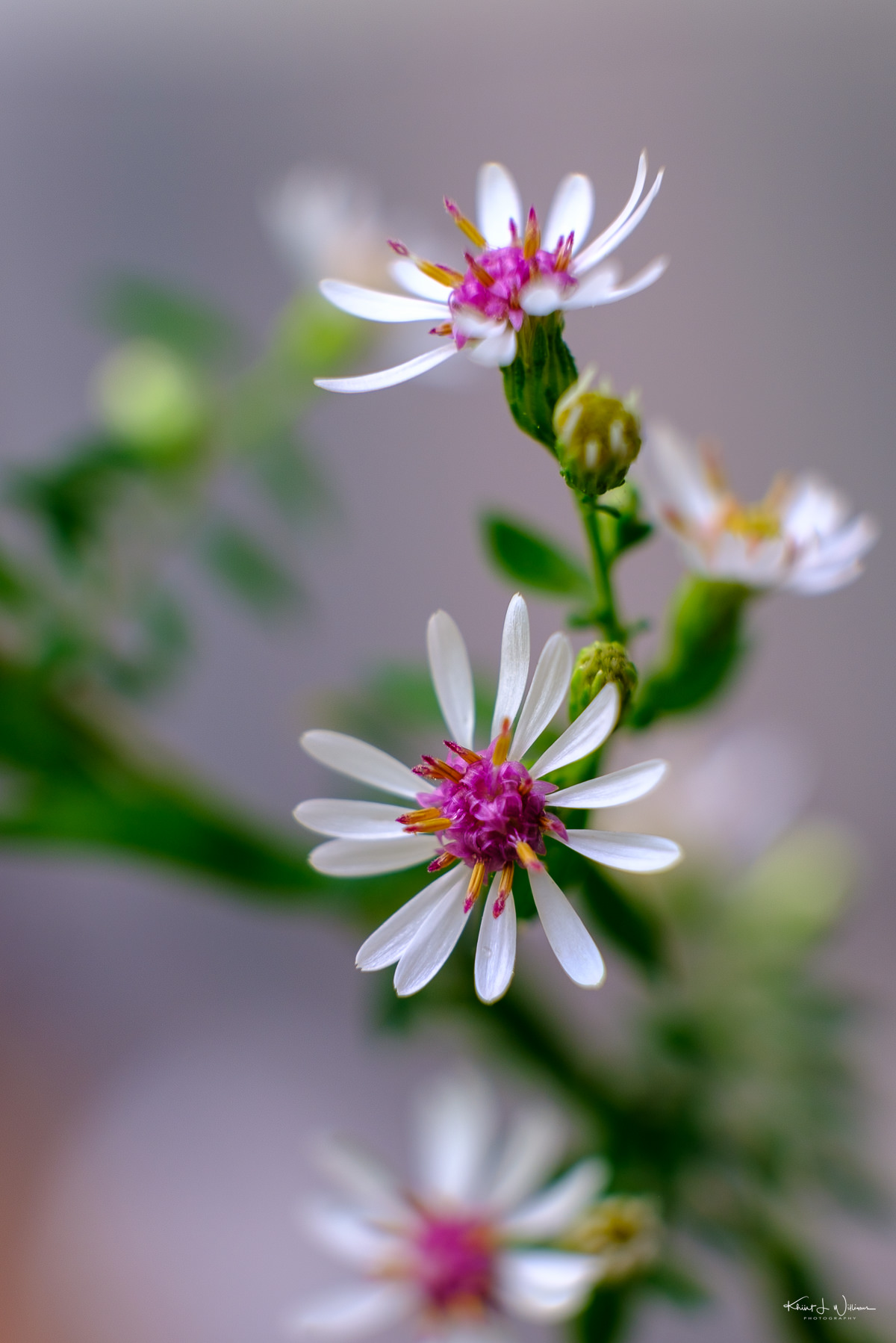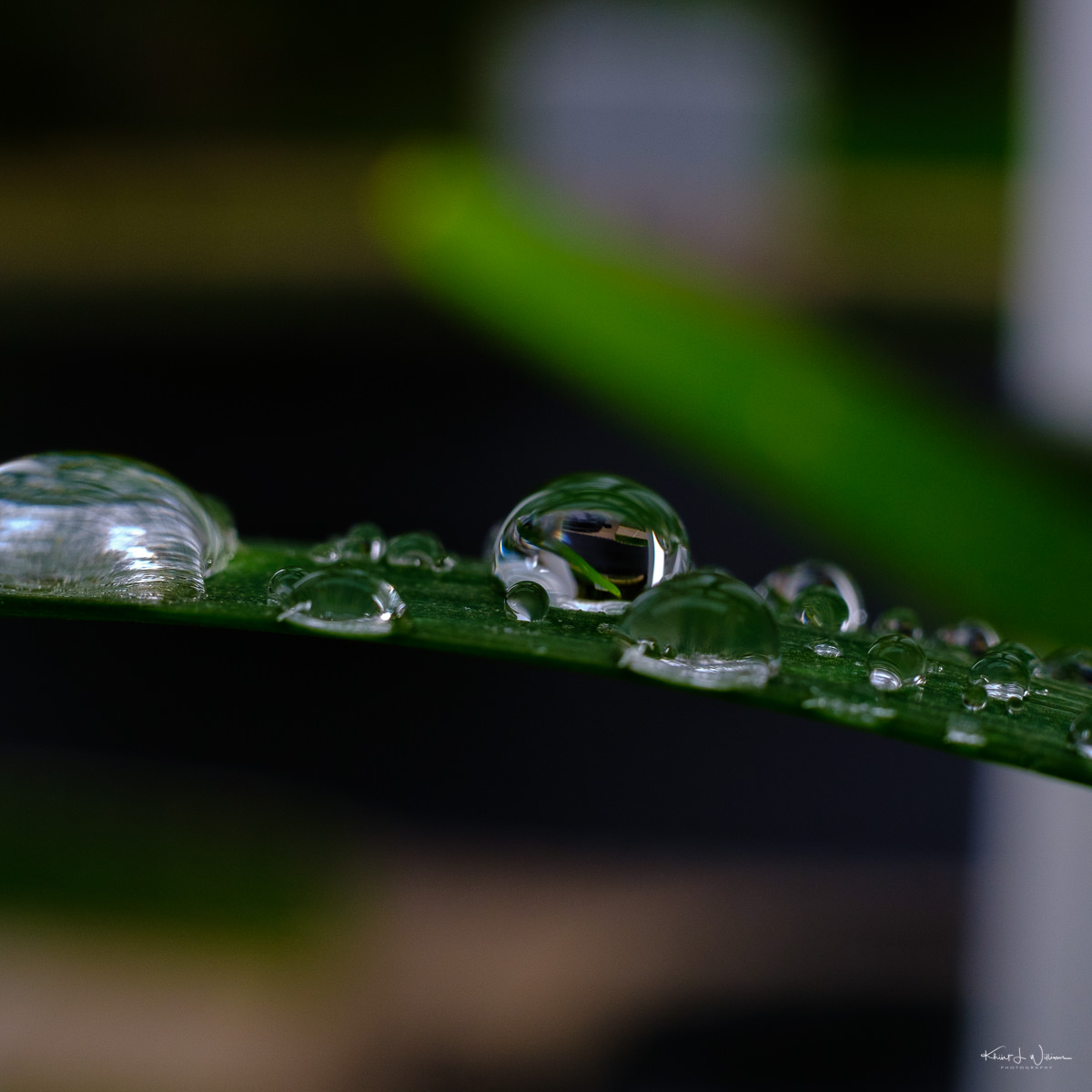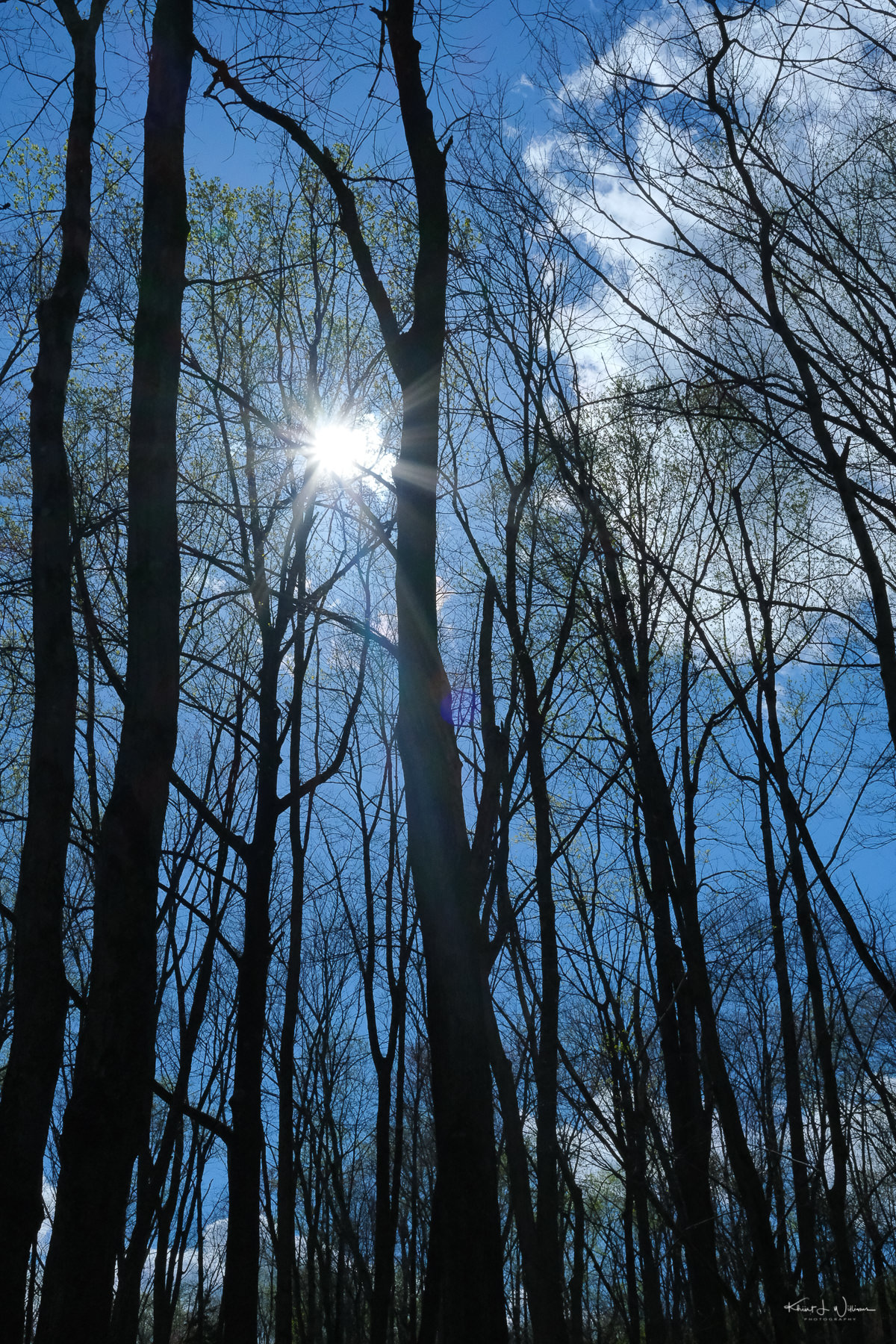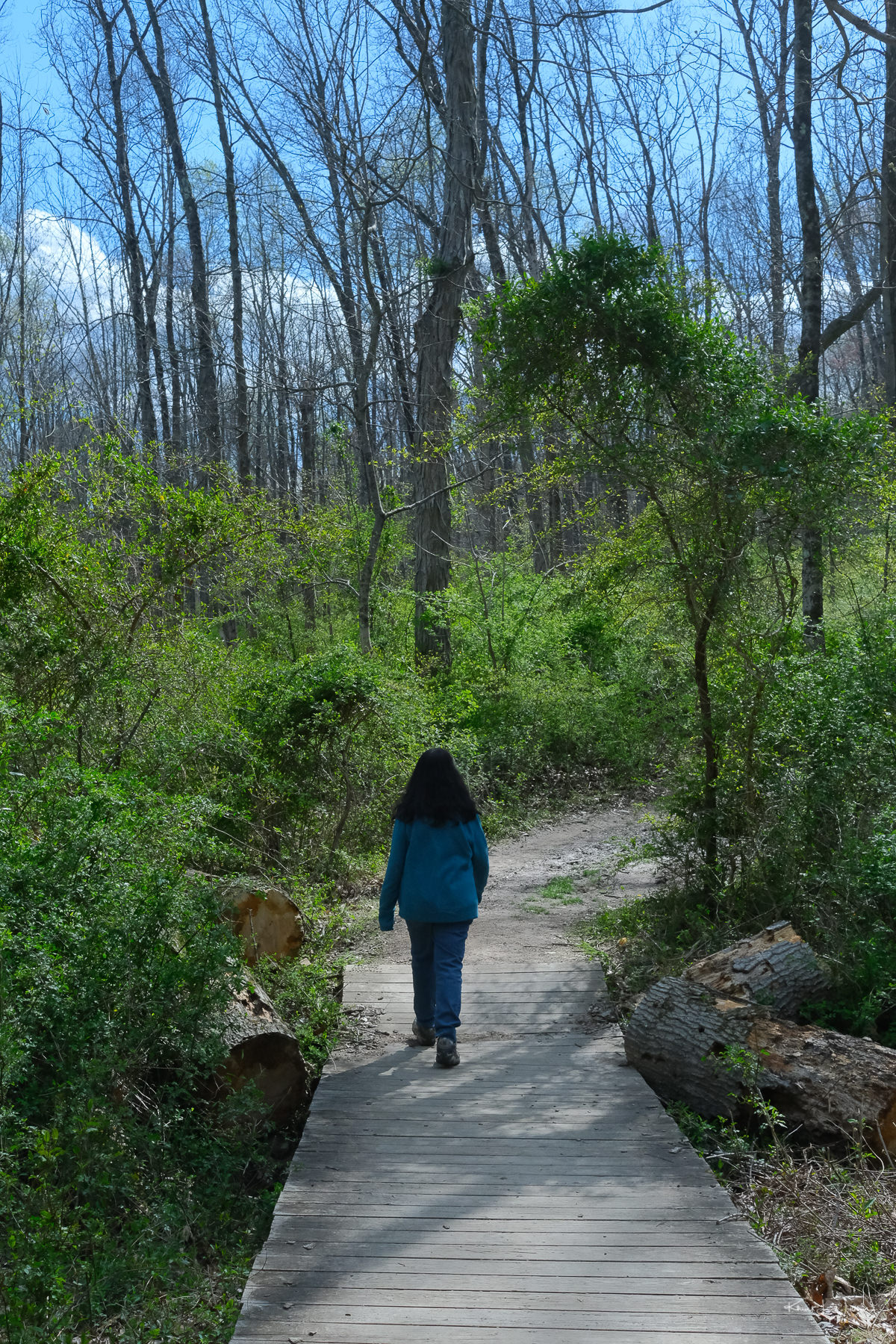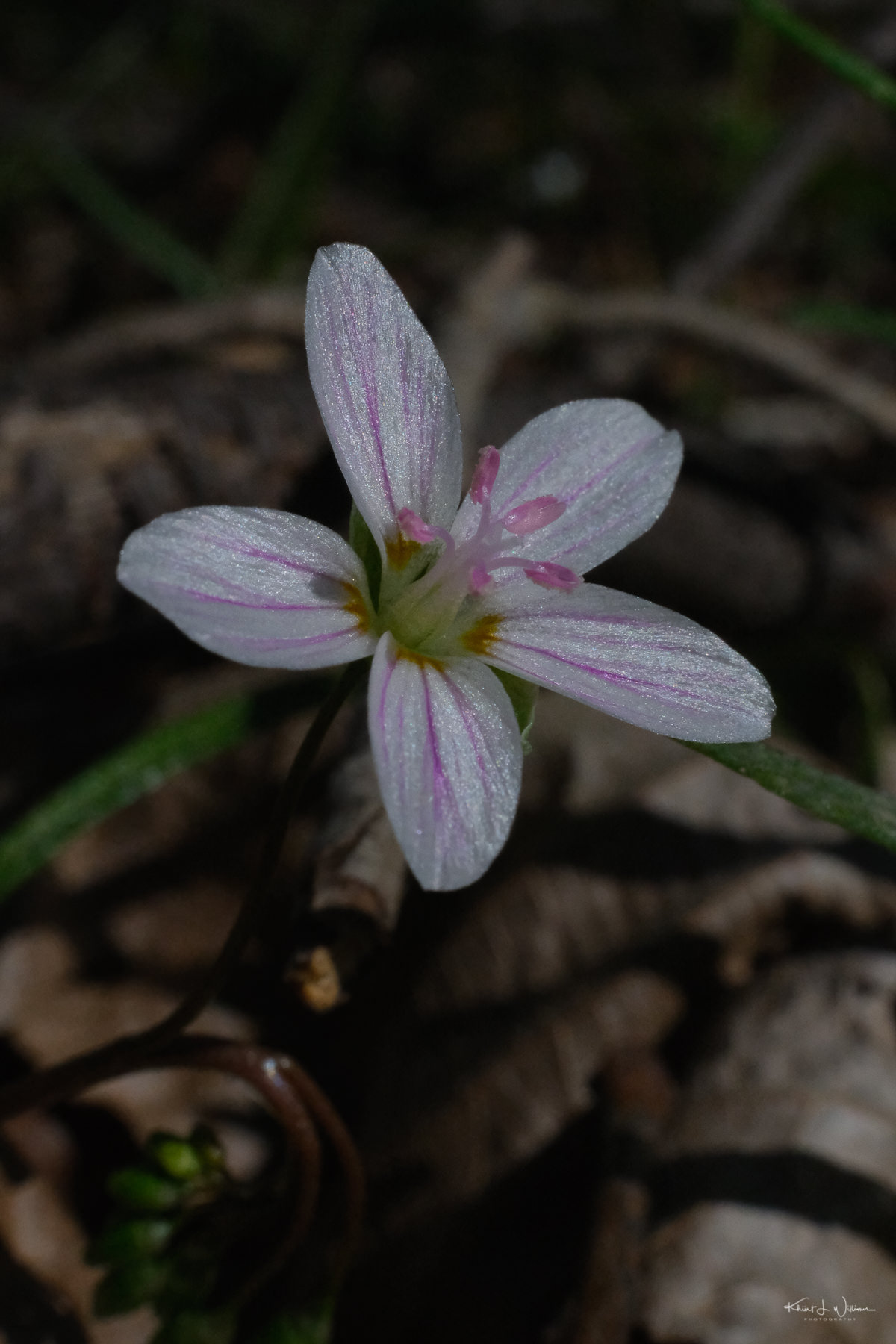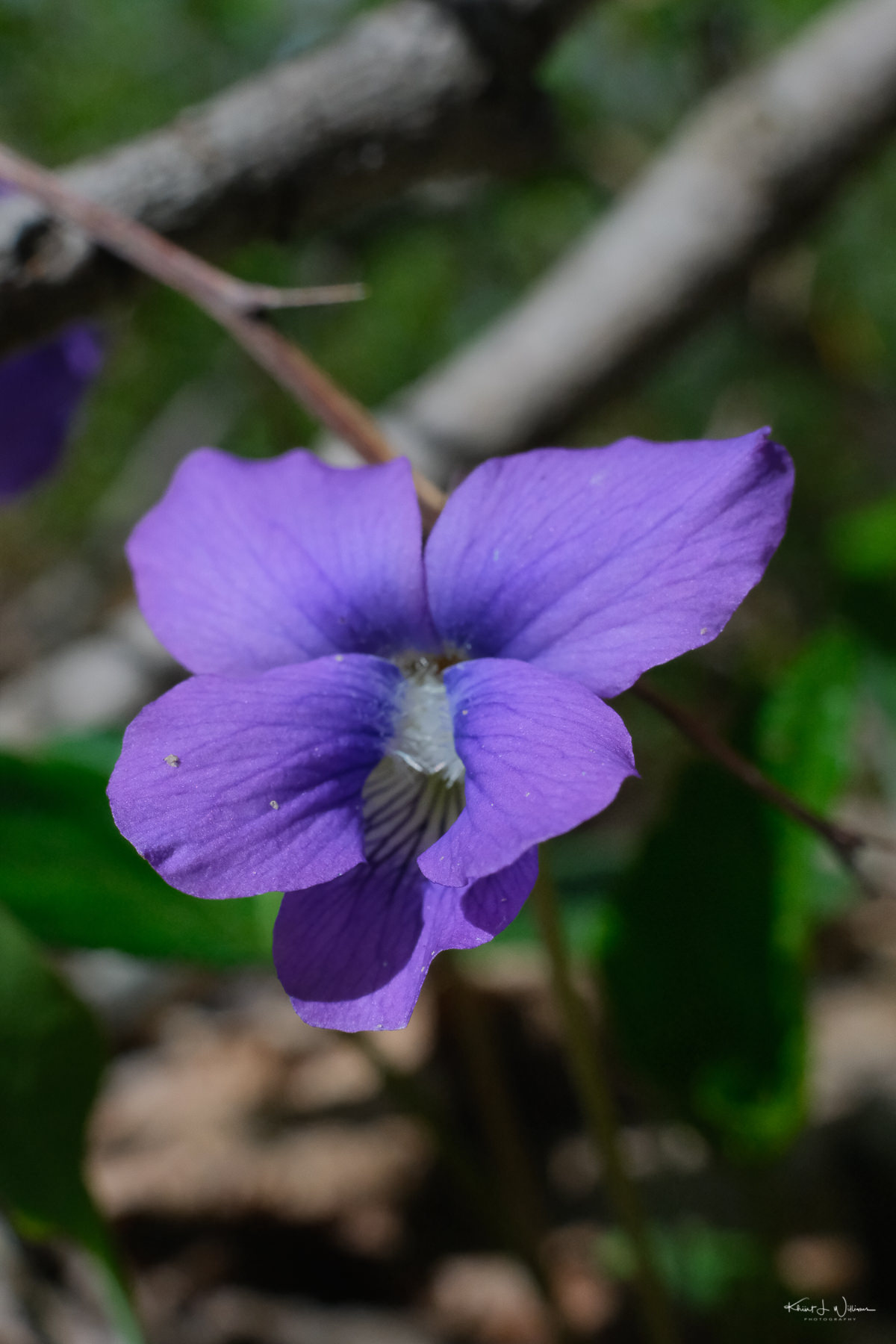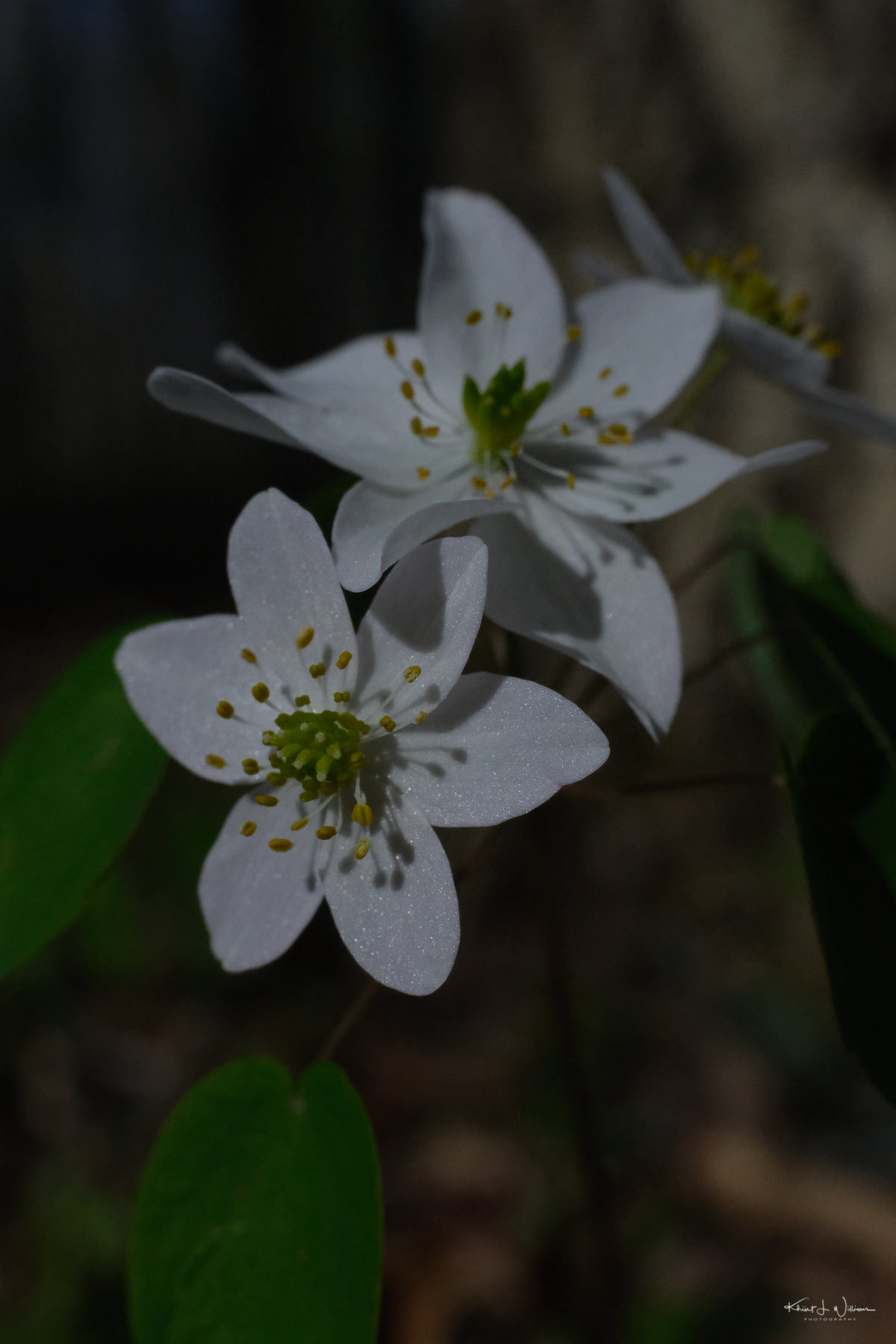I can't recall when I planted the lovely calico aster (Symphyotrichum lateriflorum var. lateriflorum). This summer, when I spotted this native plant from New Jersey in my patio planter, I decided to let it be. And now, it has finally burst into bloom, rewarding me with numerous delicate flowers.
According to the Jersey Yards website, the calico aster showcases charming white flowers that typically bloom from September to October. Not only does it provide nectar for native bees, but it also attracts beneficial insects that prey on garden pests in your yard. Additionally, it serves as a host plant for the caterpillars of the Pearl Crescent butterfly. You can utilise the calico aster in various ways, such as planting it in borders, grouping it for hedges or screens, or lining your walkways.
In my balcony's native plants planter, I've cultivated a small colony of allium and columbine over the course of several years. These plants have occasionally lured butterflies, bees, and even hummingbirds, making my little garden a delightful hub of activity.
I used my trusty Fujinon MCEX-16 extension tubes and my XF16-55mF2.8 R LM WR lens. It's quite a challenge, though. Even the slightest breeze caused the stem to sway, disrupting my shot. I'll try it again when the air is calmer and still.
